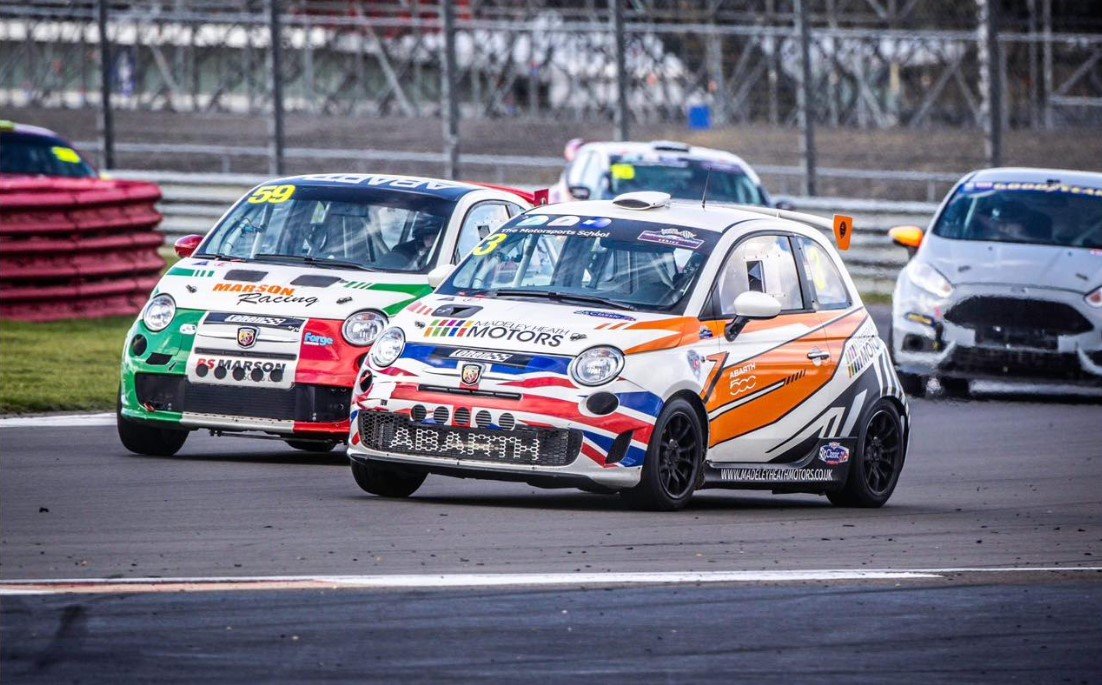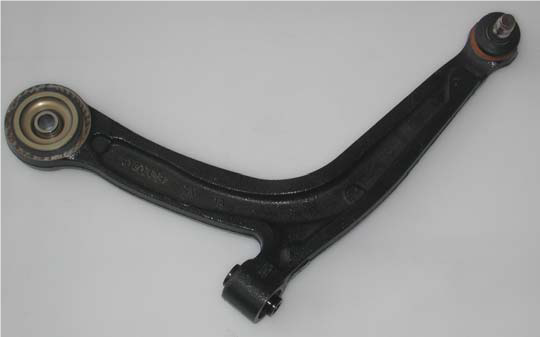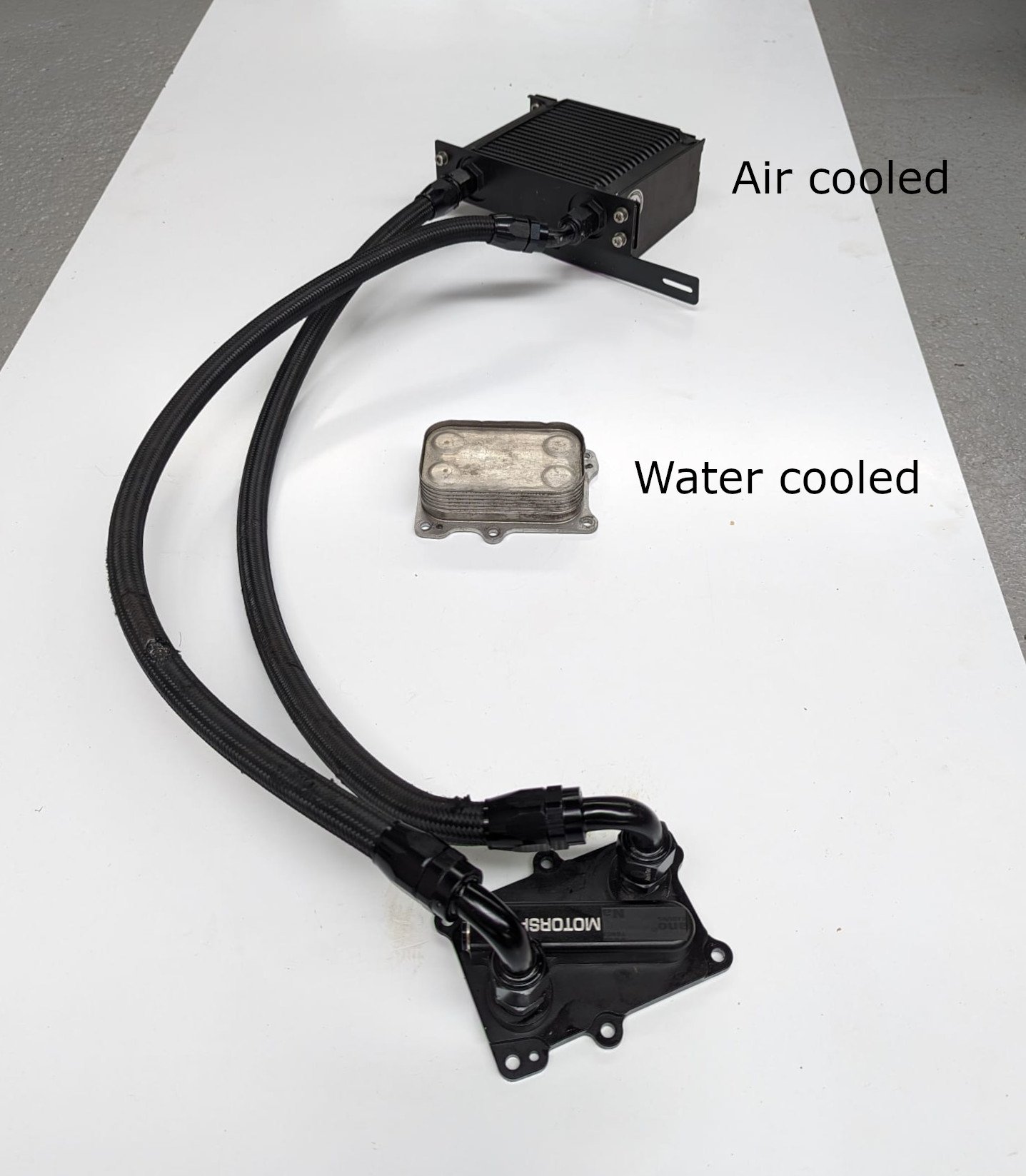I’ve never really explained the Abarth 500 suspension for either road use or competition and I have been asked what improvements can be made..
What we need to remember is that the original floorpan design was for the Panda and Punto which were at that time fitted with 13” wheels. By far the most important thing with any car suspension system is the geometry and the relationship between the centre of gravity and the roll centre at each end of the car. With the rear beam the roll centre is a bit imprecise as the Kinematic centre usually overrules the mechanical centre, however simplest is to assume the height to be the height of the beam pivot points, so lower the car an inch and the roll centre comes down an inch.
The front roll centre is simple and purely mechanical, a line from through the bottom arm pivot points extended to meet a line perpendicular to the top of the strut, and then a line back to the base of the tyre and height at which that crosses the centre line is the roll centre. With a standard 17” wheeled 500 the front roll centre is roughly at ground level. Lower it by an inch (25mm) and the roll centre drops by 55mm. So assuming the centre of mass is 500mm above ground the roll moment goes up by just over 10% and therefore the car will try to roll 10% more at the front which increases the rear weight transfer and therefore reduces the understeer.
If we watch BTCC cars we see that the quick ones are always lifting the inside rear wheel, that is to give maximum rear weight transfer and therefore minimum, rear grip allowing the driver to put ever more power through the front wheels without understeer. The clever guys alter the rear droop from circuit to circuit depending on the grip level and then play with the rebound on the rear shocks to alter the point at which the wheel picks up as they turn-in – more rebound means that the wheel picks up earlier as the car is rolling into the corner.
The change to 17” or 18” wheels to make suitable tyres available has actually messed the chassis up, it has raised the car 2” but to stop the car looking like a 4x4 the suspension has been dropped and if you are following this you will see that the back roll moment has reduced but the front has gone up by 20%. To counteract the tendency for the car to oversteer, something that motor manufacturers don’t like as it ‘might cause the car to crash’ the front anti-roll bar has been thickened and the lever arms shortened. On my own car I use a Panda anti-roll bar arrangement with the drop links on the front of the strut as against the back – I hate understeer – and I’m on 15” wheels.
So, what to do with an Abarth 500 for the road? Abarth, Koni, Bilstein etc all make excellent kits that do a fine job of keeping the car safe and making it go over undulations without spitting the car off the road. My road car list is very simple, sort the bushes in the front wishbones to make the steering more direct, fit shorter rear dampers and maybe stiffer rear springs.
Standard wishbone bush
The front wishbone has hardly changed from the Panda, the outer upright pin in thicker and both inner bushes have been made a bit stiffer, in the case of the big rear bush there is an aluminium insert in it (not on a Cabrio) but that gives a problem with the bush failing quite quickly if the car is driven hard.
Wishbone with our spherical bearing
We fit a spherical bearing into both the wishbone inner pivots, they tend to rattle when they are very dry, but a bit of suitable grease or even just WD40 and the rattle goes away. We have a pair here that have done over 100k miles so life isn’t an issue and road salt hasn’t attacked the stainless steel of the balls.
With a softly sprung car we raise the rear pivot point to get some anti-dive and have to raise the steering rack by 6mm to keep the bump steer correct.
Powerflex make an excellent poly bush but trying to be clever and making the caster adjustable has made them almost useless as 99% of people, including me, can’t set them up properly and the steering becomes worse not better. They do a simple polybush, but in my opinion it is no better than the production bush.
One of the issues with upgrading the rear bush is that we have found four different diameters and two thicknesses for the bush and hence have to manufacture and fit specifically.
Shortened damper/spring kit
One of the problems at the back is that progressive springs are necessary to stop the springs coming loose at full droop. So that we can run a single rate rear spring with sensible stiffness – a stiffness that Fiat wouldn’t like as the tail can wag under hard cornering! - we have had shorter dampers made in both single and double adjustable form by our friends at AVO.
The rear beam flexes – it is designed to – but with big wheels it flexes in the wrong way. We have done two mods, both of which have good and bad points to help make the back end do what we want it to. The first is to fit a thick tapered spacer to get more negative camber and keep the top of the rear tyre in the standard position. Doing the famous ‘ELK test’ with negative at the rear is chalk and cheese when compared to the standard car. A thin spacer does the job, but the right hand tyre hits the carbon can on heavy cornering, hence my 15mm thick design.
For the race cars we have now stiffened the rear beam by welding in a piece of heavy angle iron just at the back of the spring pans, it gives exhaust and spare wheel well clearance issues and I don’t know how long the welds will last before they fatigue. The race cars are now on 8” wide 15” wheels and to get them under the rear arches we cannot use the tapered spacer so we machine the stub axles to get the 4½0 negative that they need all round.
To sum up the question that I was asked – how to improve a 500 suspension for mild competition, sphericals in the front wishbones, negative at the back, shorter back dampers and stiffer rear springs. All of these parts we can supply. There is a lot more that can be done but this gives 90% of the improvement.




















